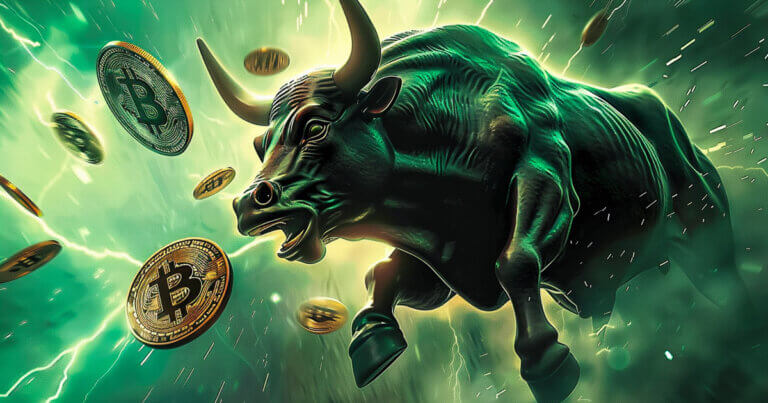 Arthur Hayes predicts impending bull run for Bitcoin as G7 central banks start easing policy
Arthur Hayes predicts impending bull run for Bitcoin as G7 central banks start easing policy Arthur Hayes predicts impending bull run for Bitcoin as G7 central banks start easing policy
Hayes said that changes in the G7 central banks' monetary policy create a fertile ground for the crypto market's growth.

Cover art/illustration via CryptoSlate. Image includes combined content which may include AI-generated content.
BitMEX co-founder Arthur Hayes believes the recent policy shifts by global central banks herald the start of a significant bull market for Bitcoin and high-potential altcoins.
In his latest blog post, “Group of Fools,” Hayes articulated how these changes in monetary policy create a fertile ground for the crypto market’s growth.
Hayes highlighted the recent rate cuts by the Bank of Canada (BOC) and the European Central Bank (ECB) as pivotal moments. These decisions mark the first time in years that G7 countries have reduced their benchmark interest rates.
According to Hayes, this shift will inject new energy into the crypto market. He said:
“The trend is unmistakable. Central banks are beginning to ease monetary policies. This is the moment to invest heavily in Bitcoin and altcoins.”
Central bank easing
Central to Hayes’ critique is the G7’s handling of the Japanese yen, which he argues is misguided.
Hayes previously suggested that the US Federal Reserve (Fed) should swap unlimited amounts of newly printed dollars with the Bank of Japan (BOJ) for yen. This move, he posited, would give the Japanese Ministry of Finance unlimited dollar resources to buy yen in global forex markets, thereby strengthening the yen.
However, he noted that the G7’s current strategy seems to focus on convincing markets that the interest rate differential will narrow over time, which he believes will lead to buying yen and selling other currencies.
The core of Hayes’ argument lies in the disparity between the BOJ’s policy rate of 0.1% and the 4% to 5% rates of other G7 central banks. He contends that this differential fundamentally drives exchange rates.
He further explained that during the pandemic, central banks globally provided cheap money to counteract economic slowdowns, but rising inflation forced all but the BOJ to hike rates aggressively. The BOJ’s inability to raise rates stems from its massive holdings of Japanese Government Bonds (JGBs). Raising rates would cause JGB prices to fall, leading to significant losses for the central bank.
Hayes pointed out that cutting rates to reduce the interest rate differential is the only viable option left for the G7, despite inflation still being above target levels for most of these central banks.
Hayes said the recent rate cuts by the BOC and the ECB are strange, given that inflation in both regions remains above their 2% targets. He speculated that these cuts might be a coordinated effort to manage the yen’s value and prevent a potential devaluation of the Chinese yuan, which could destabilize the global financial system.
Looking ahead, Hayes expressed doubt about whether the Fed would cut rates so close to the upcoming US presidential election, despite market speculation. He predicted that the Fed and BOJ would likely maintain their current policies in their upcoming meetings, with a potential surprise rate cut from the Bank of England (BOE) following the G7 summit.
Hayes concluded that the recent rate cuts signal the start of an easing cycle, which he believes will invigorate the crypto market.
New highs
Hayes sees these conditions as a catalyst for the crypto market. He indicated that he is shifting his own investments from stablecoins back into “high-conviction shitcoins,” although he plans to reveal specific tokens only after securing his positions.
He also urged projects within his Maelstrom portfolio to proceed with token launches without delay.
Reflecting on historical trends, Hayes noted that both traditional equities and Bitcoin have historically surged during periods of low interest rates.
He pointed to Bitcoin’s dramatic rise from under $4,000 to $64,000 between March 2020 and April 2021, following the Feds drastic rate cut to 0.25%.



 CoinGlass
CoinGlass 


 Farside Investors
Farside Investors 

























































































